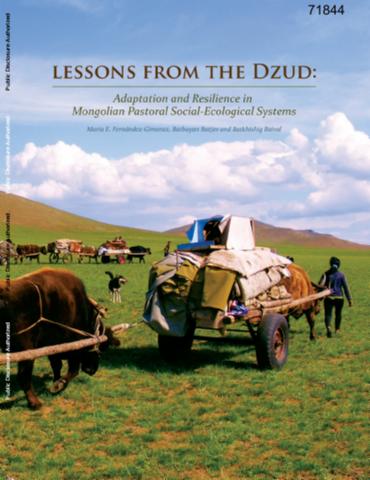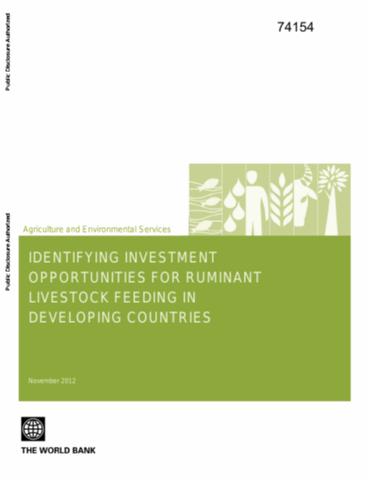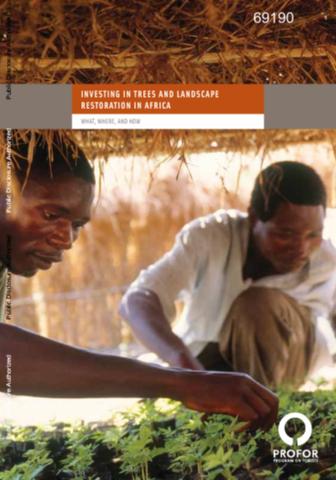Ecohydrological feedback mechanisms in arid rangelands: Simulating the impacts of topography and land use
The interaction between ecological and hydrological processes is particularly important in arid and semi-arid regions. Often the interaction between these processes is not completely understood and they are studied separately. We developed a grid-based computer model simulating the dynamics of the four most common vegetation types (perennial grass, annuals, dwarf shrubs and shrubs) and related hydrological processes in the region studied.




